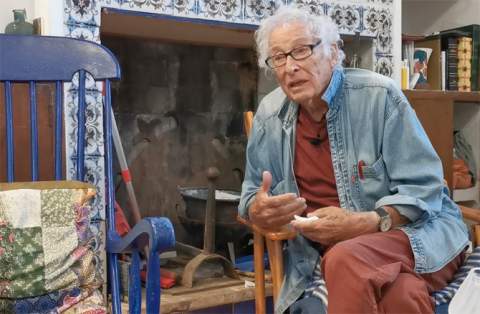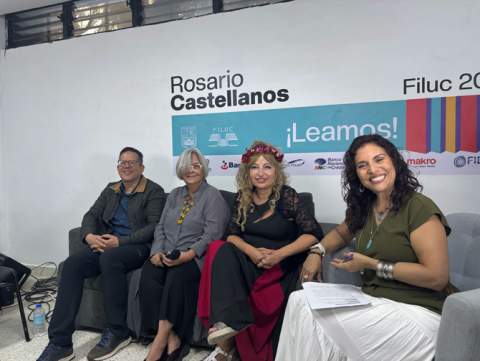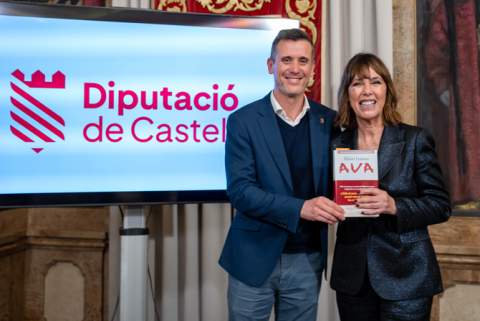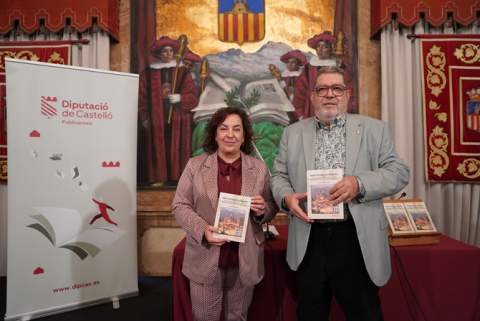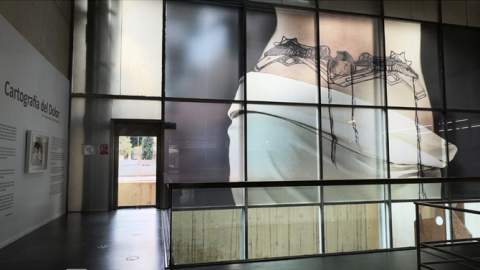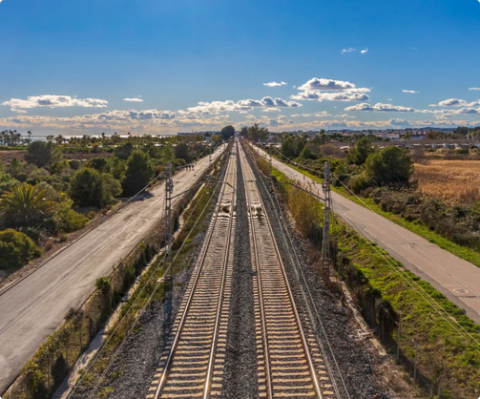In Torreblanca, having taken into consideration both the coastal and inland areas and events in 2017, the Universidad Jaume I (UJI) presented the results so far of their study covering the analysis, diagnosis and the prognosis for tourism in the towns within the area served by Castellón Airport
 The autonomous Tourism secretary, Francesc Colomer, presented the principal results of the study at a meeting attended by the mayor of Torreblanca, Josefa Tena, and the UJI, Dr. Diego López Olivares.
The autonomous Tourism secretary, Francesc Colomer, presented the principal results of the study at a meeting attended by the mayor of Torreblanca, Josefa Tena, and the UJI, Dr. Diego López Olivares.
The study is linked to Invat.tur and carried out by the UJI, thanks to an agreement signed with the Valencian Tourism Agency. Its purpose is to assess tourist products in the area of the airport, from elements of cohesion such as the landscape, development in the territory and the development of ethical and responsible tourism.
The first phase included inland town such as Benlloch, Borriol, Cabanes, La Pobla Tornes, Sant Joan de Moró Torre d’en Doménec, Vall d’Alba, Vilanova d’Alcolea and Vilafamés.
During his speech, Francesc Colomer emphasised that “the aim of this study was to identify the resources, such as the environment or the oenology, and transform it into a tourism product which can be marketed world-wide”.
“This offer”, he continued, “accentuates the Mediterranean aspect, the oenology, the land, the fiestas and culture, something that strengthens the idea of uniqueness and the differences we have compared with standardisation”.
Colomer specified that it dealt with sustainable exploitation of the zone bordering the airport, which through its great natural resources and landscapes, such as the thousand-year old olive trees, the Desierto de las Palmas natural area, the Cabanes-Torreblanca El Prat natural park and the San Miguel natural surroundings, as well as the historic-artistic, gastronomic and cultural resources, holds great possibilities for generating a wave of visitors.
The chairman of AEROCAS noted that the challenge is “to get people to know about us, to know the territory, to come to Castellón, to generate wealth and employment and, finally, that we generate sustainable tourism which respects the area”.
Dr. Diego López Olivares explained that in the second part of this study, which currently is being drawn up, they have focussed on the coastal area, which includes the Cabanes coastal town of Torre La Sal, Torreblanca and Alcala de Xivert-Alcossebre. In this investigation they want to identify the opportunities for taking advantage of linking the coastal-inland areas, to generate synergies at a supra-municipal level and create new attractive tourism products for the potential visitors who arrive via the Castellón airport.
 The autonomous Tourism secretary, Francesc Colomer, presented the principal results of the study at a meeting attended by the mayor of Torreblanca, Josefa Tena, and the UJI, Dr. Diego López Olivares.
The autonomous Tourism secretary, Francesc Colomer, presented the principal results of the study at a meeting attended by the mayor of Torreblanca, Josefa Tena, and the UJI, Dr. Diego López Olivares.
The study is linked to Invat.tur and carried out by the UJI, thanks to an agreement signed with the Valencian Tourism Agency. Its purpose is to assess tourist products in the area of the airport, from elements of cohesion such as the landscape, development in the territory and the development of ethical and responsible tourism.
The first phase included inland town such as Benlloch, Borriol, Cabanes, La Pobla Tornes, Sant Joan de Moró Torre d’en Doménec, Vall d’Alba, Vilanova d’Alcolea and Vilafamés.
During his speech, Francesc Colomer emphasised that “the aim of this study was to identify the resources, such as the environment or the oenology, and transform it into a tourism product which can be marketed world-wide”.
“This offer”, he continued, “accentuates the Mediterranean aspect, the oenology, the land, the fiestas and culture, something that strengthens the idea of uniqueness and the differences we have compared with standardisation”.
Colomer specified that it dealt with sustainable exploitation of the zone bordering the airport, which through its great natural resources and landscapes, such as the thousand-year old olive trees, the Desierto de las Palmas natural area, the Cabanes-Torreblanca El Prat natural park and the San Miguel natural surroundings, as well as the historic-artistic, gastronomic and cultural resources, holds great possibilities for generating a wave of visitors.
The chairman of AEROCAS noted that the challenge is “to get people to know about us, to know the territory, to come to Castellón, to generate wealth and employment and, finally, that we generate sustainable tourism which respects the area”.
Dr. Diego López Olivares explained that in the second part of this study, which currently is being drawn up, they have focussed on the coastal area, which includes the Cabanes coastal town of Torre La Sal, Torreblanca and Alcala de Xivert-Alcossebre. In this investigation they want to identify the opportunities for taking advantage of linking the coastal-inland areas, to generate synergies at a supra-municipal level and create new attractive tourism products for the potential visitors who arrive via the Castellón airport.



